Question:1
Which of the vehicles displayed in the picture is not parked correctly?
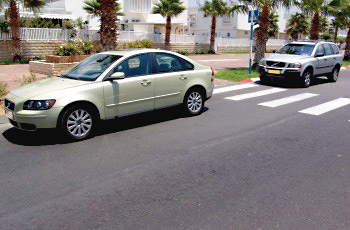
Category : Safety
Question:2
How can you manage to keep your braking distance within the range of your vehicle’s lights while driving at night?
Category : Safety
Question:3
What is a driver required to do after crossing a flooded road section?
Category : Safety
Question:4
What should be the initial actions taken by a driver after entering the vehicle and before starting to drive?
Category : Safety
Question:5
What vehicle features should be adjusted in order to ensure a comfortable and safe sitting position?
Category : Safety
Question:6
The distance covered by a vehicle from the moment we step on the brake pedal until the vehicle stops becomes bigger:
Category : Safety
Question:7
When spending time in a club (pub):
Category : Safety
Question:8
While braking and slowing down, what force of nature is applied on the vehicle?
Category : Safety
Question:9
How are you required to conduct yourself according to the following picture?
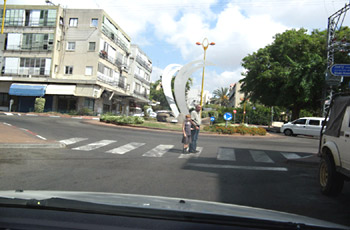
Category : Safety
Question:10
What risk is a driver facing while making a right turn?
Category : Safety
Question:11
What is the order of actions to be taken in order to stop or park?
Category : Safety
Question:12
How would you get the attention of the overtaken vehicle’s driver while overtaking on a freeway (motorway)?
Category : Safety
Question:13
“Drinking alcohol disrupts the driver’s judgment and as a result he takes more risks”: Correct or incorrect?
Category : Safety
Question:14
What is the best way to reduce the dangers whilst driving in reverse?
Category : Safety
Question:15
What is the risk in braking while being forced to pull onto the “hard shoulder”?
Category : Safety
Question:16
What are the “blind spots”?
Category : Safety
Question:17
”When you drink alcohol, it will take you more time to recover from dazzling(blinding)”. Correct or incorrect?
Category : Safety
Question:18
Proper adjustment of the driver’s seat:
Category : Safety
Question:19
What are we required to see in the outer side mirrors of the vehicle?
Category : Safety
Question:20
According to the picture, who of those involved should take measures to prevent an accident?
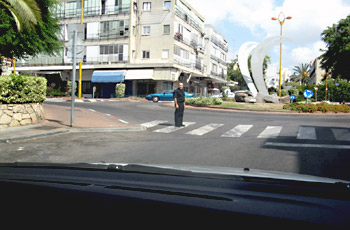
Category : Safety
Question:21
According to the picture, what limitation is faced by the green (commercial) pick-up truck that wishes to turn right?
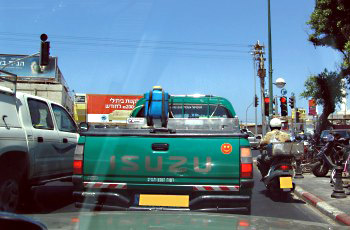
Category : Safety
Question:22
A panoramic mirror:
Category : Safety
Question:23
Can unprescribed medications have a negative effect on driving?
Category : Safety
Question:24
What effect does driving whilst keeping proper distance from the vehicle in front has on the vehicle’s fuel consumption and wear?
Category : Safety
Question:25
Before starting to drive, what action needs to be taken by the driver before moving the automatic transmission selector?
Category : Safety
Question:26
Describe the following situation:
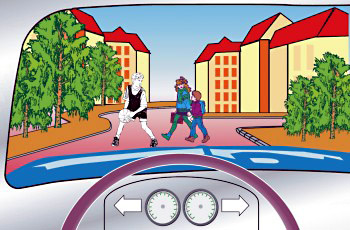
Category : Safety
Question:27
What might be the cause of loss of control of a vehicle?
Category : Safety
Question:28
What is a reasonable speed on a freeway(Motorway)?
Category : Safety
Question:29
What are we required to see in the inner mirror of the vehicle?
Category : Safety
Question:30
What characterizes the following road?
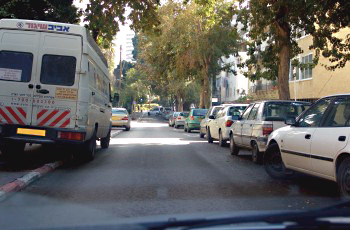
Category : Safety

